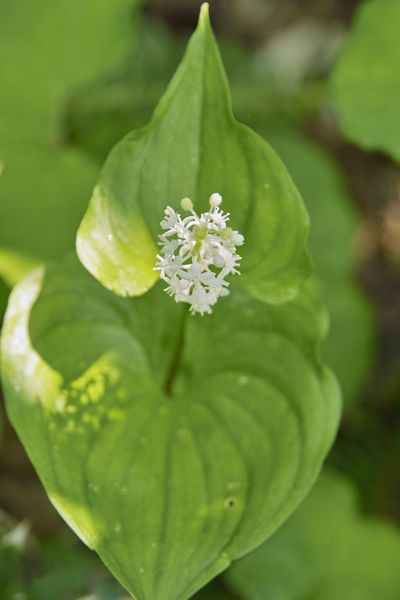False Lily of the Valley Facts
False or wild lily of the valley is a low-growing perennial native to the Pacific Northwest. It has big glossy leaves. They are heart-shaped and grow on long stalks. The flowers are white and tiny. Each flower has four tepals, four stamens, and a two-parted ovary. The plant blooms in late spring and summer.
How to Grow False Lily of the Valley
If you are interested in learning how to grow false lily of the valley, it is a bit complicated but entirely doable. Wild lily of the valley care starts with finding a good planting spot. These plants often grow in moist, shady woods and streambanks in the wild, much like their namesake. That means that the best planting bed will be an area that is cool and shady, with moist, but not wet, soil. Wild lily of the valley flowers grow in sand, loam, or clay and any pH – from acidic to neutral. However, they will do best when the soil is rich in organic matter.
Wild Lily of the Valley Care
You can grow false lily of the valley flowers from seeds or cuttings. If you opt for seeds, let the seedlings stay in a container for the first year or so. False lily of the valley plant care for the potted seedlings includes feeding them with diluted liquid fertilizer. Do this regularly to give them the nutrition they need. Alternatively, you can grow false lily of the valley flowers from rhizomes, the fleshy underground roots of the plant. Dig up and divide the rhizomes in fall or spring, planting big ones immediately in the new location. Smaller ones can be potted first. Caring for wild lily of the valley once these plants are established won’t require too much of your time. In fact, since they are native plants and are used to taking care of themselves, these flowers pretty much do all the work for you. However, wild lily of the valley flowers can form an invasive mat and overwhelm the area, just like true lily of the valley flowers, so be cautious. These plants can live a very long time.
